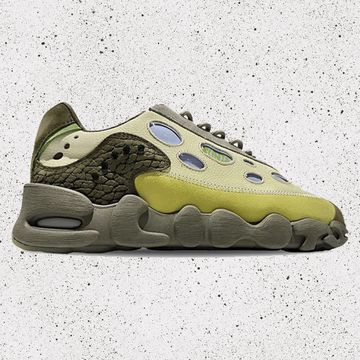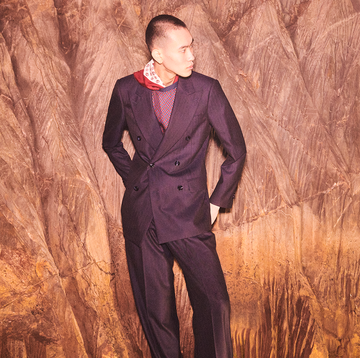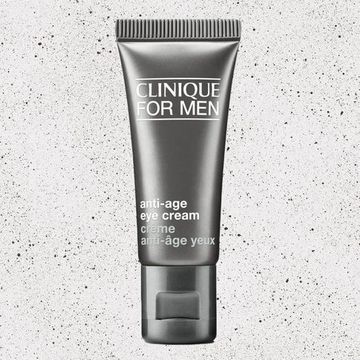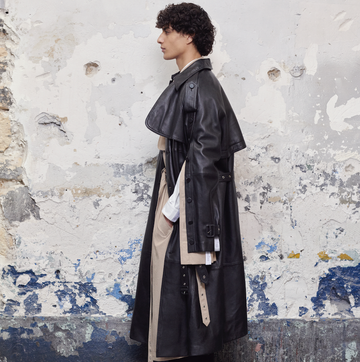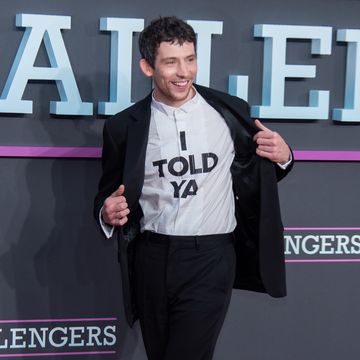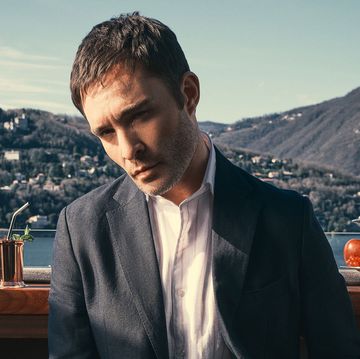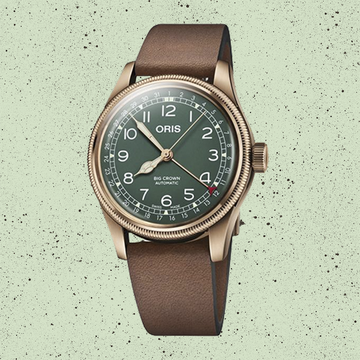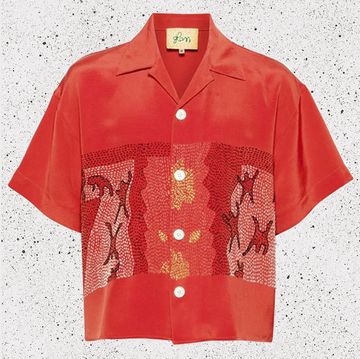There aren't many shows in the history of television that can lay claim to changing the way people dress. In the mid-'80s, sales of white linen blazers certainly spiked thanks to Miami Vice. But perhaps the biggest TV show ever to impact real-world fashion, at least in terms of menswear, is Mad Men.
It wasn't long after the series first aired in 2007 that men all over the country began wearing slim suits with skinny ties and pocket squares. Eventually, Mad Men style became so prevalent that even Banana Republic released a collection based on the series. So what was it that made the style of the show, and ultimately the style of the era that the show chronicled, so appealing? Thanks to a new Mad Men coffee table book by series creator Matthew Weiner and art book publisher Taschen, it's not a difficult question to answer.
Comprised of two volumes, Weiner and Taschen's Mad Men is a photographic chronicle of one of the most influential and stylish TV shows to ever hit the airwaves (or in this case, cable-waves). Volume 1 features a collection of sequential stills from the series—from the first moment we were introduced to Don Draper, to the last scene in the series finale when he wants to buy the world a Coke. For anyone who loved the show, it's both a trip down memory lane and a visual document as to why the 21st Century world wanted to dress like those characters. Volume 2 features a behind-the-scenes look at the series, with on-set photographs, production ephemera, costume designs, notes from the writers' room, and extensive interviews with the show's creator, Matthew Weiner.
In honor of the book's release, we spoke with both Weiner and series costume designer Janie Bryant about the enduring legacy of the show—what made it so popular, why we can't seem to get enough of '60s style, and why, deep down, every man wishes he was Don Draper.
On what made Mad Men so successful:
Matthew Weiner: Some of it's timing, some of it's luck, some of it is the fact that it was people like my costume designer Janie Bryant who really paid attention to everything. I actually think the secret about the success of the show was that it was about regular people. And I'm not saying everything has to be like that, but it stood out because there hadn't been anything in a long time that was naturalistic. Even though it's a period piece, even though I suppose there's a fantasy element too because it's a long time ago, or recreated a long time ago. I think that the problems of Don Draper's life are more exciting than anybody else's, but they really don't have any problems that you might not run across in real life.
On how the period-perfect '60s costumes were developed:
Janie Bryant: I started researching at Western Costume, there's a huge library there and I started going through magazines like Esquire and GQ, and the women's fashion magazines, you know, Harpers Bazaar and Vogue. But then going deeper into everyday life and thinking that, you know, newspapers and Life and Time and Holiday Magazine, and then going to do further research with the catalogs of the period as well—Sears, J.C. Penney, Montgomery Wards, Spiegel. And also watching movies of the period. One of my big inspirations for Don Draper was North by Northwest, which came out in 1959, but is still very accurate for what Don Draper would look like, because when we started Mad Men it was 1960.
On why '60s style is so popular:
Bryant: I think people really love the design of the '60s for menswear because it's just minimalist. It's clean, with the skinny lapel and skinny tie. And I also think the show came out at a time when menswear was ill-fitting, you know, kind of holdover from the '90s. So I feel like audiences could look at the show as eye candy, for men and for women. They wanted to look like Don Draper. Everybody wants to look like Don Draper, right? I do think the period is such a beautiful, clean period and I love the lines of the jackets and the ties and the trousers. But by the end of Mad Men I was getting into the bigger lapels and wider ties and slowly it was changing.
On why it was set in the '60s:
Weiner: I was interested in that transition because I felt like everything sort of went underground at that period. It's funny because conservatives love the show, and I was like, "If you're too dumb to see that this is an indictment on capitalism and the soul-crushing nature of commercialization and consumerism ... If those concepts don't come up when you're watching the show, then good for you." If you can't see that it's anti-sexist or whatever, I don't know what to say. "Thank you for watching." I really want to say that so much of the show is about how dehumanizing it was for people, and how so much had improved since then, but now I worry about disappearing.
On the tumultuous era that Mad Men chronicled:
Weiner: All I can say is I never did this show to say, "Look how cool we are now and how much we know and how enlightened we are and how Cro-Magnon they are." I was trying to say, "We're here. And it's even worse than I imagined." It's whatever the anxieties are that we project onto those periods. You don't need an imagination anymore. For me, when I was writing out the Kennedy assassination, I was like, "Well, I lived through 9/11. It was probably like that." And now I'm sitting there thinking, who knows what this is? Is this 1968?
On how the series changed the menswear landscape:
Bryant: That was an incredible part of the show, and I always felt like it was such a huge compliment that men were influenced by it. Even more so that women, because we as women change our clothes and change our fashion and styles all the time. And this was a show that really pushed men into experiencing that and having knowledge of how to dress.
On designing a decade's worth of costumes:
Bryant: I mean, I love the early '60s and it was amazing in those early years being in the Camelot period. But then, after a while, I was really ready to do something new and change it up. And time was going by, not only in the show, but for all of us. I felt like people change, so it was perfect for the show to have these characters also go into the late '60s, and change with so many subtle things. And with menswear, too, it's really interesting and challenging because all of those nuances are so subtle. It could be a different collar or different cuff links, different color suiting, but still working with that basic uniform of shirt and tie and suit for these businessmen. So it's really important to show all the different nuances in their characters.




